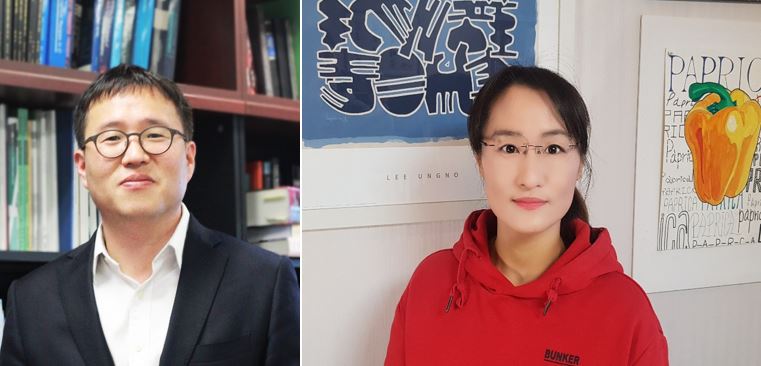Researchers from the Korea Advanced Institute of Science and Technology (KAIST) have developed a Raman spectroscopy using a widely recognized technology, code-division multiple access, for the first time.

The technology works by using the digitally coded laser light technology to remove all noise signals and restores high purity Raman spectroscopic signals. The team then accurately analyzes the extremely-low concentrations of biomolecules without fluorescent labels.
The researchers, led by Professor Cheong Ki-hun, applied the Spread Spectrum Technology, a noise removing technology to detect biomolecules, removing laser output fluctuation and receiver noise, and selectively restoring targeted biomolecule signals only. Eventually, they reached the precise level of detection limits by increasing the signal-to-noise ratio of biomolecule signals.
Using the Surface-enhanced Raman spectroscopy (SERS) technology, the team could affirm five types of neurotransmitters at attomolar concentration without a separate label, improving the existing detection limit by 1 billion times more the signal-to-noise ratio, they said.
The Spread Spectrum Technology is an orthogonal diffusion code that moves biomolecules to higher energy and re-decodes the light scattered from the diffusion code's biomolecules. The restored signals of targeted molecules can then be applied to disease and health diagnostic indicators and used to detect gene materials, the team said.
The technology could become the key to detecting signal indicators of diseases related to neurotransmitters such as Alzheimer’s disease, Parkinson’s, and depression. The disorders need constant monitoring for neurotransmitter concentration for early diagnosis, they said.
The developed technology is also likely to be used in various medical fields such as bioimaging, microscope, bio label sensor, drug monitoring and cancer tissue testing,” researchers said. While maintaining the Raman spectroscopy tech’s advantage, which doesn’t require the analytic process and preprocessing, the new technology overcomes the exiting technical limitations, such as low signal-to-noise ratio and detecting limit.
“We are the first to suggest the digital code Raman spectroscopy technology, combining the state-of-the-art Spread Spectrum Technology, significantly overcoming existing detection limits,” said Lee Won-kyoung, a Ph. D. candidate and lead author of the research paper.
Professor Jeong also said, “Based on the study, we will develop to let a fast diagnosis of high purity molecular analysis label-free with low-cost and high-efficiency. It would then be used immensely in fields such as biochemical and virus detections and new pipeline analysis.”
The study results were published in Nature Communications.

